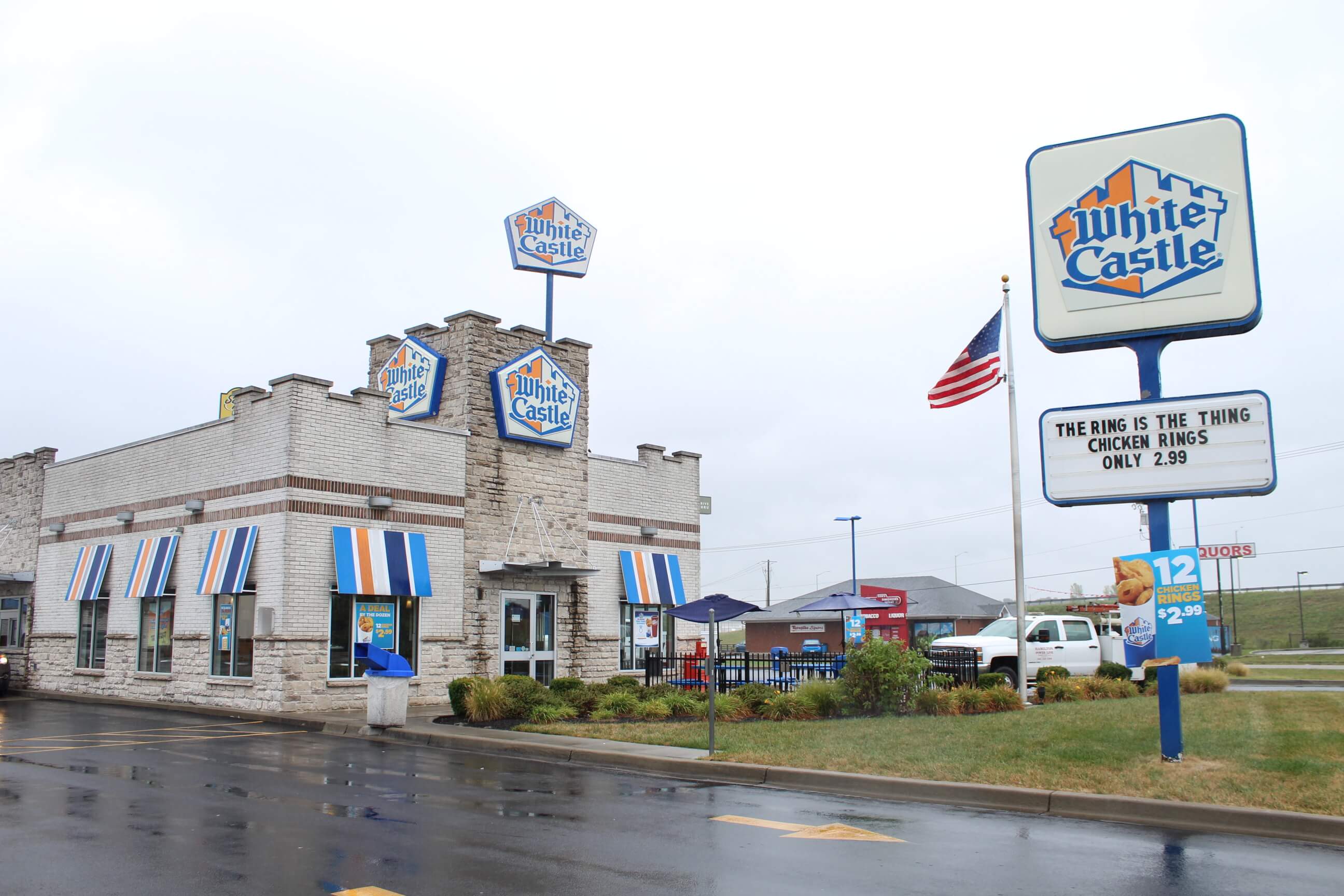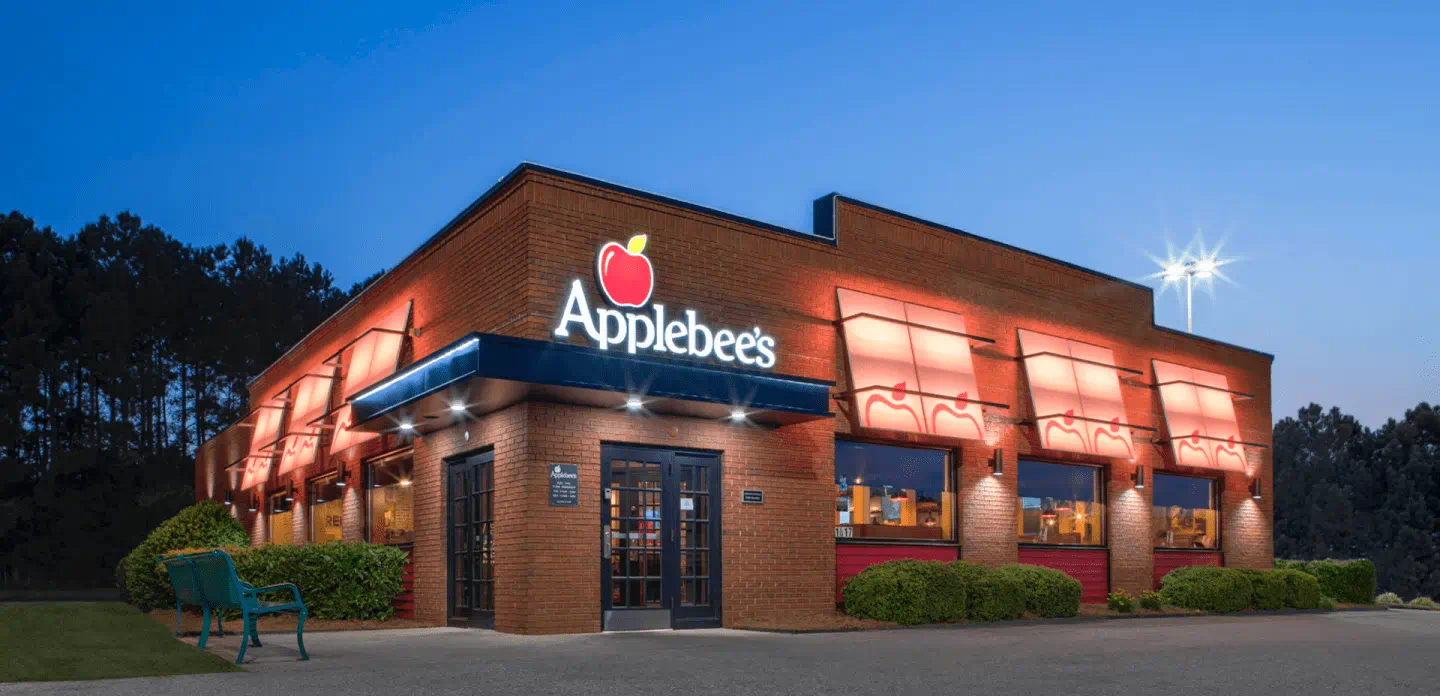Dallas Deploys 150 Smart Kiosks
Dallas is rolling out 150+ IKE Smart City kiosks offering Wi-Fi, transit updates, emergency alerts, and wayfinding. Discover why remote monitoring and management are essential to k
.jpg)
Dallas is preparing to deploy over 150 digital [[kiosks]] across the city. Powered by IKE Smart City, the kiosks will offer Wi-Fi access, transit updates, emergency alerts, and wayfinding. It’s a major step toward more connected civic infrastructure, and a sign that cities are moving away from outdated bulletin boards and buried web pages toward real-time, location-aware communication.
Cities like Berkeley and New York have launched similar kiosks with some success. As Dallas advances its rollout, the next move is to consider how they’ll use backend infrastructure to support its kiosk technology goals.
Approached proactively, Dallas (and other municipalities using kiosks) can ensure their deployments operate as designed in the wild, regardless of weather changes, network hiccups, software updates, or usage spikes.
What would a plan for consistent, scalable oversight look like?
Kiosks Have to Be Dependable
Digital kiosks offer a new way for cities to provide local happenings and information to citizens. Municipal kiosks can offer information to people on demand, when they want it (or need it), without making residents go digging through a website or app.
In Dallas, supporters say these kiosks could boost local businesses by directing foot traffic.
Reliability drives these benefits. For example, for kiosk technology to be seen as useful, it must deliver timely safety alerts and weather updates consistently, without fail, in order for the public to trust the devices.
And consistent performance encourages regular use.
On the other hand, when kiosks fail or fall short, inconvenience can give way to frustration. In the worst cases, malfunctions may result in residents missing critical emergency or weather alerts. City visitors could end up lost in unfamiliar areas.
A single malfunctioning kiosk can create a lasting negative impression, with users avoiding the technology entirely … for good. For that matter, Dallas citizens are already cynical about the technology. One reddit thread at r/Dallas revealed many negative opinions, with one user saying, “This is simply City Council trying to bull rush an unnecessary and very unpopular project through.”
What Makes Kiosks So Complicated?
Each smart kiosk represents a sophisticated connected product combining multiple interdependent components. Think of it as a mini data center on the street corner.
A typical public kiosk includes a rugged PC or tablet, weather-resistant touchscreen, multi-network connectivity, backup power, audio, cameras, and climate-controlled housing. This complex setup, designed for high outdoor performance, creates numerous failure points. Traditional IT [[remote monitoring and management]] (RMM) systems lack the sophistication to support these complicated deployments.
In the case of the City of Dallas, in their RFP regarding the kiosks, they detailed an exhaustive number of requirements; however, the RFP lacks explicit mention or expectation regarding remote resolution.
In contrast, the document allows for a 48 hour window to fix kiosks. Two days is quick for sending a technician out to a device. Is it quick enough to protect trust from Dallas citizens?
The Many Points of Kiosk Failure
Kiosk reliability requires a holistic strategy that supports the device from deployment to day-to-day operation and all the way to end of life. When public-facing kiosks break down, technical support teams need a way to respond, ideally before anyone notices there’s a problem.
Research analyzing over 200,000 support tickets from connected product deployments reveals what brings these systems down: 25% of issues stem from network or power problems, 18% from configuration issues, 12% from software application problems, and 11% from operating system issues. Other failures involve everything from touchscreen malfunctions to speaker problems.
👉 Learn more about how remote monitoring can be used to minimize kiosk downtime.
Kiosks operate in unpredictable conditions: weather changes, variable data feeds, network instability, and high user traffic. For example, unseasonably cold or hot weather can lead to unexpected malfunctions (or shorten the lifespan of devices).
Meanwhile, the more endpoints a city deploys, the harder it becomes to know what’s working and what’s not.

What Failure Looks Like and How to Avoid It
Let’s walk through a few scenarios that illustrate what’s at stake when kiosks go down, and how RMM shapes the response.
A kiosk locks up during a heat emergency
When a software glitch causes a device to freeze during extreme weather, it can block safety alerts from reaching residents. Without monitoring, the outage might not be noticed until someone on the ground reports it. With RMM, the system can detect the freeze, trigger an automatic reboot or rollback, and restore service in minutes with no on-site technician needed.
Transit schedules fail to load citywide
If a transit agency changes its feed format, schedule data might stop displaying across all kiosks. Fixing this could require code rewrites or redeployments. With flexible monitoring tools, the data source can be swapped out or updated remotely and in bulk, keeping information accurate without interrupting service.
Kiosks in one district stop getting used
Sometimes the issue is simply a lack of action. When usage data shows kiosks in a certain neighborhood aren’t getting used, that’s a sign something’s off: maybe the placement is wrong, maybe the content isn’t relevant. Without kiosk monitoring analytics, there’s no way to tell. With them, operators can make informed changes, whether that’s pushing different info, relocating units, or rethinking the design
From Reactive to Proactive Kiosk Management
Remote monitoring and management software built for kiosks can advance how those systems are managed. RMM systems for kiosks can monitor every component of a kiosk deployment, from connection stability to user interaction logs. These tools continuously monitor hardware health. When issues are detected, automated workflows can restart frozen applications and solve performance issues in real time.
Advanced systems can even predict failures before they occur, analyzing patterns in device behavior to identify components likely to fail.
Canopy is RMM software that’s designed to handle any kind of kiosk deployment. Support teams using Canopy can achieve 80–90% remote resolution rates for configuration issues, reduce on-site technician visits by 40–60%, and decrease support tickets by 50% through proactive issue detection. Some even save over thousands of hours monthly through automated troubleshooting and maintenance.
With full visibility across the fleet, Canopy gives support teams the tools to:
- Spot and fix outages before anyone reports a problem
- Push updates remotely to avoid unnecessary site visits
- Tailor content and layout based on how people are actually interacting with the kiosks
- Evaluate whether a kiosk’s location or design is working based on real usage data
This level of oversight enables a steady rhythm of maintenance and improvement as cities grow and conditions change.
Do you live on the edge of endpoint management?
Discover how global brands and businesses manage their connected product ecosystems. Get the inside-scoop from the hidden architects and teams who ensure their remote devices never go down.
Subscribe to the Canopy Insights newsletter.

Do you live on the edge of endpoint management?
Discover how global brands and businesses manage their connected product ecosystems. Get the inside-scoop from the hidden architects and teams who ensure their remote devices never go down.
Subscribe to the Canopy Insights newsletter.

Do you live on the edge of endpoint management?
Discover how global brands and businesses manage their connected product ecosystems. Get the inside-scoop from the hidden architects and teams who ensure their remote devices never go down.
Subscribe to the Canopy Insights newsletter.
Lessons for Other Cities
Dallas is putting serious resources into public-facing technology. Long-term success depends on how well the system performs in daily use over the long haul.
Deployments like this require consistent attention behind the scenes. Cities that build monitoring and management into their infrastructure plans from the start will have an easier time keeping kiosks worth the public’s attention.
Success measurement should extend beyond traditional uptime metrics. Cities can improve services over time by tracking task completion rates for common user interactions, content engagement metrics to improve information delivery, and accessibility usage patterns to make sure design is inclusive. Canopy’s RMM makes it possible to track these metrics and more in a single view.
When people rely on kiosks for timely, accurate information about their city, small lapses can have an outsized impact. As Dallas moves forward with its 150-kiosk deployment, the city's commitment to backend infrastructure will determine whether they become trusted community resources or costly disappointments.
Learn more about Canopy's support for kiosk fleets.



.jpeg)

